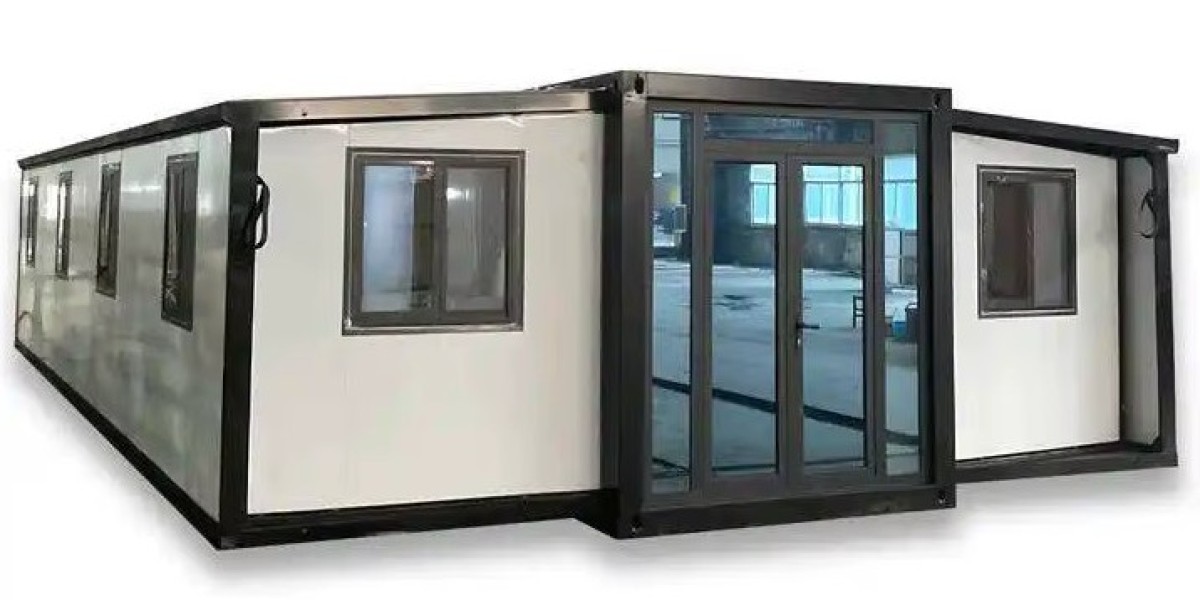In recent years, the construction industry has witnessed a significant transformation, largely driven by the rise of modular homes. These innovative structures are not just a passing trend; they represent a fundamental shift in how we approach building. As urban populations grow and housing demands increase, modular homes are emerging as a viable solution, offering efficiency, sustainability, and affordability. This article explores how modular homes are revolutionizing construction and why they are becoming the preferred choice for many homeowners and builders alike.
Efficiency in Construction
One of the most compelling advantages of modular homes is their efficiency in construction. Unlike traditional homes, which can take months or even years to complete, modular homes are built in a factory setting, allowing for faster assembly. Components are pre-fabricated and then transported to the building site, where they are quickly assembled. This streamlined process not only reduces construction time significantly but also minimizes labor costs. Homeowners can move into their new residences much sooner, making modular homes an attractive option for those in need of quick housing solutions.
Sustainability and Eco-Friendliness
Modular homes are also leading the charge in sustainable building practices. The controlled environment of a factory allows for better waste management and resource efficiency. Builders can optimize materials and reduce excess waste, which is often a significant issue in traditional construction methods. Additionally, many modular homes are designed with energy efficiency in mind, utilizing sustainable materials and advanced insulation techniques. This focus on eco-friendliness not only benefits the environment but also results in lower utility bills for homeowners, making modular homes a financially sound choice.
Affordability Without Compromise
Affordability is a critical factor in the housing market, and modular homes offer a solution that doesn’t compromise on quality. By reducing construction times and optimizing material usage, builders can pass on savings to consumers. Modular homes are often priced lower than their traditional counterparts, making homeownership more accessible for a broader range of individuals and families. Moreover, the potential for customization allows buyers to create a home that meets their unique needs and preferences without breaking the bank.
Design Flexibility and Customization
Another significant advantage of modular homes is their design flexibility. Contrary to the misconception that modular homes are cookie-cutter or lack character, they can be highly customizable. Homeowners have the option to choose layouts, finishes, and features that reflect their personal style. Modern modular homes can be designed to fit various architectural styles, from contemporary to traditional, ensuring that they blend seamlessly into their surroundings. This level of customization empowers buyers to create a living space that truly feels like home.
Conclusion
The rise of modular homes marks a revolutionary change in the construction industry, offering solutions that address many of the challenges faced by traditional building methods. With their efficiency, sustainability, affordability, and design flexibility, modular homes are not just a trend; they are a smart choice for the future of housing. As more people recognize the benefits of modular construction, it is clear that these innovative homes will play a crucial role in shaping the way we live and build in the years to come.







